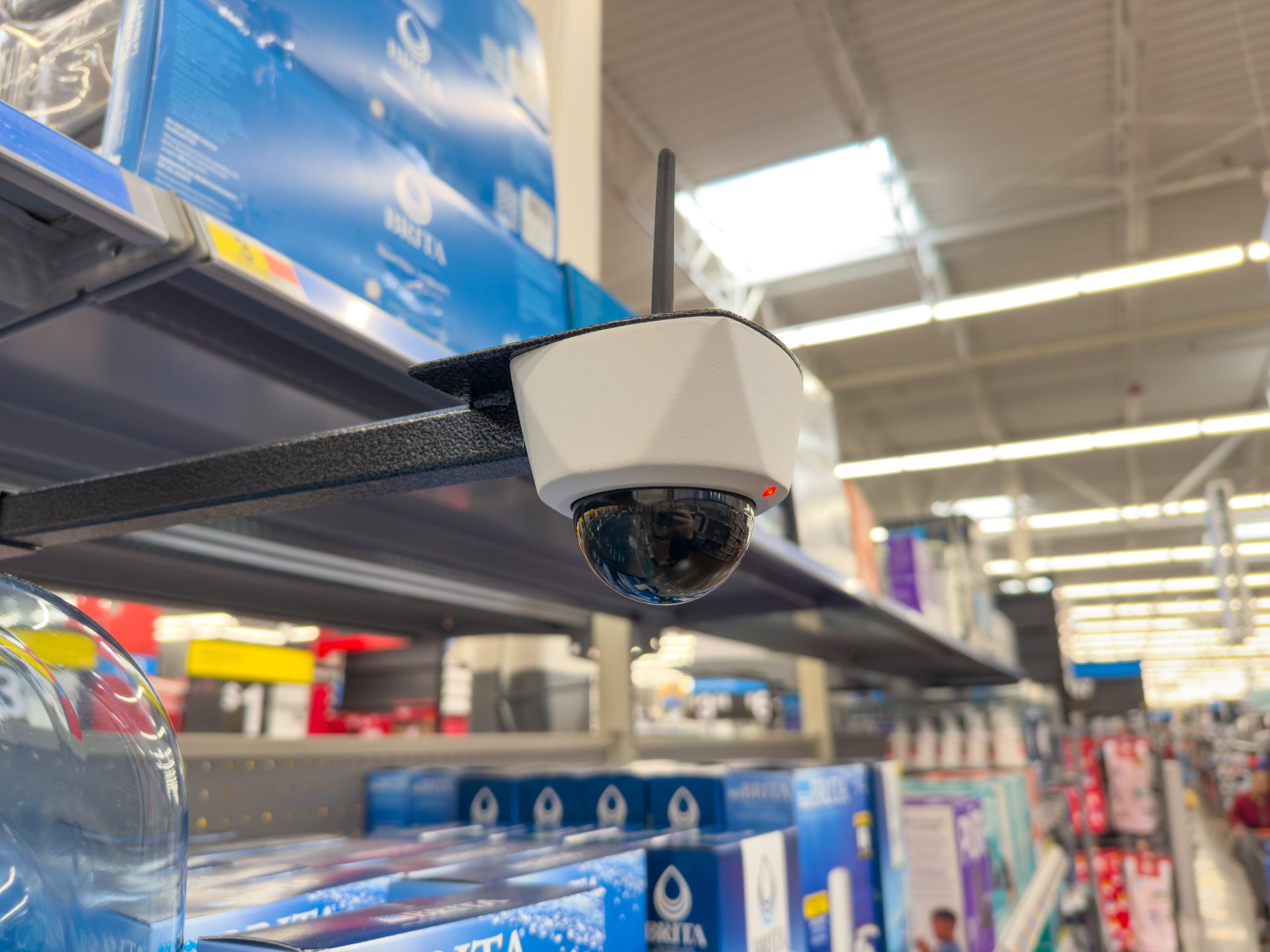Grocery stores use sophisticated camera systems for loss prevention. These cameras are not just passively recording. Many are now equipped with artificial intelligence (AI). This AI is trained to detect specific behaviors and items that are associated with shoplifting. When the system flags one of these red flags, it can automatically zoom in on you. It may also alert a store employee. Here are six items and actions that will instantly make those cameras pay closer attention.

1. High-Value, Easy-to-Conceal Items
Small, expensive items are the number one target for shoplifters. This includes things like razor blade refills, batteries, cosmetics, and over-the-counter medications. When you linger in these specific aisles or suspiciously handle these products, the AI is programmed to notice. The cameras will zoom in to get a clearer look at what you are doing.
2. Reusable Shopping Bags
While reusable bags are great for the environment, they are also a tool that shoplifters use to conceal stolen items. Bringing a large, empty backpack or a non-transparent reusable bag into the store is a red flag for the AI system. The cameras will pay closer attention to how you are filling that bag. They will watch to ensure every item is scanned.
3. Items with Security Tags Attached
Products that have a bulky, electronic security tag are obviously high-theft items. If the AI detects a person spending an unusual amount of time handling one of these tagged items, it will flag it as suspicious behavior. The system is looking for any attempt to remove or defeat the security device.
4. Large Quantities of a Single Item
A shopper who suddenly grabs a large number of the same item can trigger an alert. This is especially true for high-value products like baby formula or expensive cuts of meat. This behavior can be an indicator of organized retail theft. The thieves plan to resell the items in bulk. The AI flags this unusual quantity as potentially fraudulent.
5. Items Taken Near an Exit
The areas near the store’s exits are high-risk zones. If a person picks up an item from a display near the exit and then immediately heads toward the door, the AI system will flag this as a potential “grab and run” theft attempt. The cameras will zoom in. An alert may be sent to store security.
6. Any Item Scanned Suspiciously at Self-Checkout
The self-checkout area is under intense surveillance. The AI analyzes your scanning technique. If you engage in suspicious behavior, like covering a barcode or entering the wrong produce code, the system will flag the transaction. It will often zoom in on the camera and will alert the employee who is monitoring the self-checkout area to come over and assist (or investigate).
The Watchful Eye of AI
The use of AI-powered surveillance in grocery stores is becoming increasingly common. These systems are designed to be proactive. They identify potential theft before it happens. While this technology can be effective at reducing losses, it also means that our behavior as shoppers is being scrutinized more closely than ever before. The simple act of picking up a specific item can now put you under the watchful eye of the store’s artificial intelligence.
How do you feel about the use of AI surveillance in grocery stores? Do you think it is a necessary tool for loss prevention, or is it an invasion of privacy? Let us know!
What to Read Next
- Beyond Dwell Time: What AI Cameras Are Really Analyzing About You in Stores
- Why Do Some Grocery Carts Have Cameras Now?
- 10 Times Self-Checkout Cameras Caught More Than Just Shoplifters
- Caught on Camera: The Shocking Truth Behind Everyday Purchases
- These Grocery Chains Are Quietly Watching What You Buy at Night
The post 6 Items That Make Store Cameras Zoom In on You Instantly appeared first on Grocery Coupon Guide.







